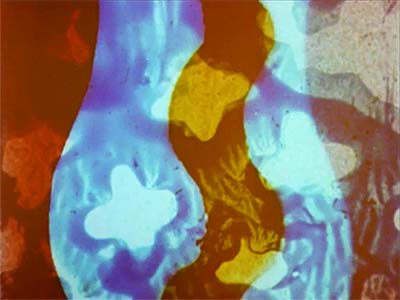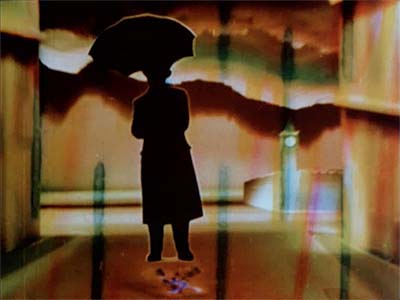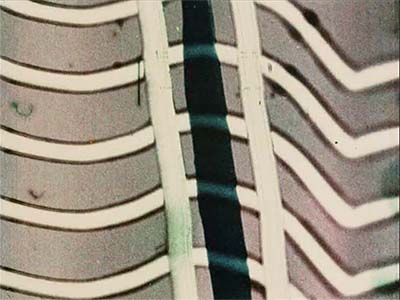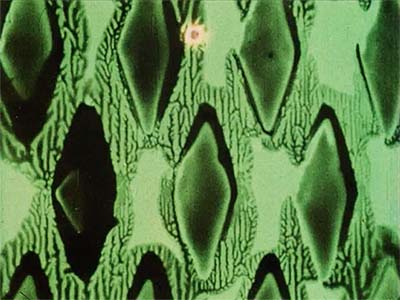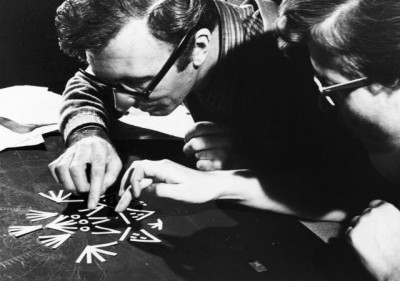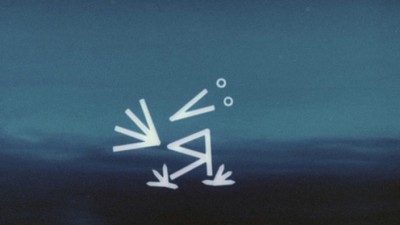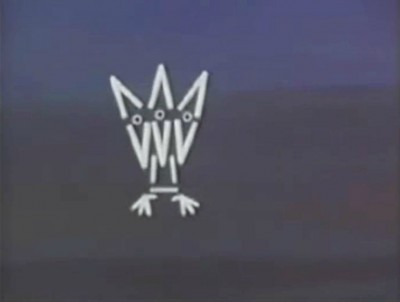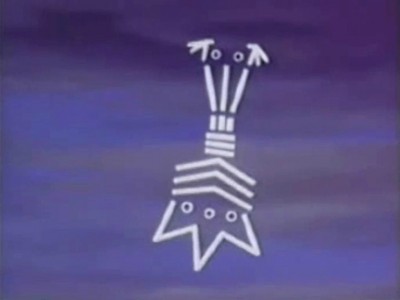
Members Only Download
Every other month, members of Animation Resources are given access to an exclusive Members Only Reference Pack. These downloadable files are high resolution e-books on a variety of educational subjects and rare cartoons from the collection of Animation Resources in DVD quality. Our current Reference Pack has just been released. If you are a member, click through the link to access the MEMBERS ONLY DOWNLOAD PAGE. If you aren’t a member yet, please JOIN ANIMATION RESOURCES. It’s well worth it.
MEMBERS LOGIN To Download Video
JOIN TODAY To Access Members Only Content
Five Films By Len Lye![]()
Tusalava (1929) / Kaleidoscoper (1935) / Rainbow Dance (1936) / Doing The Lambeth Walk (1939) / Musical Poster No. 1 (1940)
Len Lye was a revolutionary figure, not only in the history of animation, but of fine art as well. His work explored motion through experimental film and kinetic sculpture. It is well worth taking a few moments to read the Len Lye Wikipedia Page if you aren’t familiar with him. But there are some personal points I need to make about these films to get across their context to you.
Whenever we post experimental films on Animation Resources, inevitably I am asked how any of this relates to what character animators do. Artists will say that abstract animation is interesting, but they don’t see how it applies to their own work. Nothing can be further from the truth. Animation is more than just creating characters and telling stories. Comics and illustration have characters and stories, but the thing that makes animation unique is the element of time. Len Lye strips away all of the narrative and figurative elements and focuses entirely on rhythm and the visual representation of music. Few other animated films are as concentrated when it comes to this kind of unity of sound and image. Lye was essentially distilling animation down to the one thing that makes the medium totally unique.
The technique is drop dead simple and direct… Lye painted directly on blank rolls of film with colored dyes and created layers of movement in an optical printer. But that is just the surface. It goes much deeper than that. The planning required to achieve this complete synthesis of sound and motion required incredible concentration. Think about it a moment… Lye was breaking down the soundtrack into its individual voices and rhythms and representing all that on exposure sheets frame by frame. How did he do that? What did Lye’s notes and plans look like before he began work? I really don’t know, but the level of detail and the abstract thinking involved is staggering.
Too often, animators slug their exposure sheets according to the length of the dialogue and how long it takes to perform an action, with no thought given to pacing or rhythm. Len Lye is operating on a much more sophisticated level. He represents complex syncopated Latin and jazz rhythms visually with abstract shapes that move. The technique of painting little doodles of shapes on film gives it a deceptively simple appearance, but the planning going on under the hood must have required fourth dimensional thinking. Imagine if instead of the action in an animated film happening at a normal pace dictated by the speed the voice actor performs the dialogue, the animator creates a rhythmic pattern for the action that merges the character’s performance with the beats and accents in the music… Are you beginning to understand the importance of these films now?
In the past, animation was planned out to a musical beat. The music established the pace of the footsteps and the rhythm of the action. The way this was achieved was by analyzing the voices in the music and breaking down the rhythms frame by frame. When Len Lye’s and Norman McLaren’s films first were shown, traditional animators sat up and took notice. They were greatly impressed by how these seemingly simple little films effortlessly accomplished amazingly complex things that the Hollywood animators struggled to do in their character animation. When I was first becoming interested in animation in the early 1980s, there was a Len Lye retrospective where many of his films were screened for the first time. I attended the screening and was amazed to look around the audience… it was a virtual who’s who of animators from Disney, Warner Bros, MGM and every other major animation studio. These great animators thought there was something to learn from these films. You should too.
M4V Video File / SD / 20:47 / 514 MB Download
MEMBERS LOGIN To Download Video
JOIN TODAY To Access Members Only Content
MEMBERS LOGIN To Download Video
JOIN TODAY To Access Members Only Content
Not A Member Yet? Want A Free Sample?
Check out this SAMPLE REFERENCE PACK! It will give you a taste of what Animation Resources members get to download every other month!














